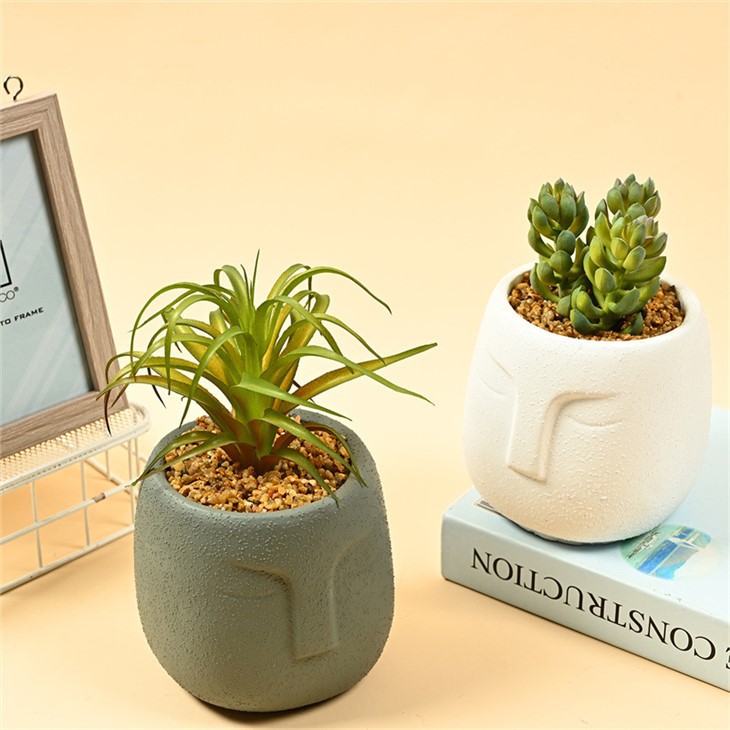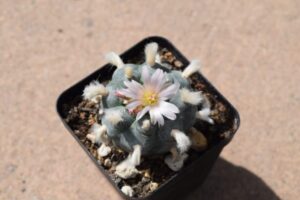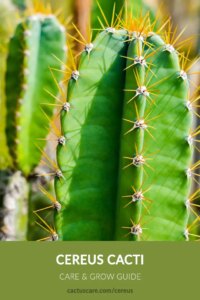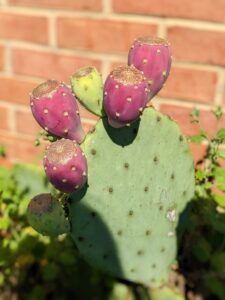Small fake cactus plants have emerged as a fascinating alternative to real succulents for indoor decor and gardening enthusiasts. With their striking appearances and low maintenance requirements, these synthetic wonders offer a practical solution for those who appreciate greenery without the hassle of care. Beyond mere aesthetics, the allure of small fake cacti reveals profound psychological and cultural underpinnings, tapping into a collective yearning for nature amid an increasingly urbanized lifestyle.
The realistic qualities of these artificial plants can be attributed to advances in materials and manufacturing techniques. Today’s faux cacti often employ high-quality plastics and innovative designs that mimic the texture and color variations found in nature. As consumers begin to seek authenticity in artificial products, manufacturers are responding with exquisitely crafted replicas that can easily confuse the keen-eyed enthusiast. Such lifelike representations not only serve decorative purposes but also fulfill emotional and environmental aspirations.
One compelling reason behind the growing fascination with small fake cactus plants lies in their convenience. Unlike their live counterparts, fake cacti require no water, sunlight, or fertilization. This aspect has particular resonance for urban dwellers who may not have access to outdoor space or the time to nurture plants. The absence of care needs eliminates common concerns about overwatering or neglect, allowing individuals to enjoy the presence of greenery without the associated commitments.
Moreover, small fake cacti provide an exquisite blend of style and versatility in a wide range of settings. Whether it’s an upscale office, a cozy apartment, or a vibrant café, these tiny, decorative pieces effortlessly enhance aesthetics. Their ability to adapt to diverse environments makes them a popular choice for interior design enthusiasts who appreciate the whimsy and charm that cacti represent. Their geometric shapes and spiny textures provide visual tension that can elevate minimalist spaces or complement bohemian-inspired decor.
Understanding the emotional connection humans have with plants helps further explain the widespread embrace of small fake cacti. Studies indicate that interacting with greenery can reduce stress and improve overall well-being. While real plants may provide these benefits through the act of nurturing, even artificial plants can replicate certain psychological effects. The mere sight of a meticulously crafted cactus can evoke feelings of tranquility and satisfaction, reminding individuals of open spaces, nature excursions, and the beauty of arid landscapes.
Incorporating small fake cacti into a living space can also serve as a conversation starter. Guests often admire these enthralling decor items, which can invoke curiosity about their production and the stories behind them. Their presence can ignite discussions about nature, sustainability, and even the future of decorative trends in a world rapidly moving towards artificial alternatives. They challenge us to consider what it means to bring the outside in and how we can create our own lush oases amid the concrete jungles we inhabit.
As we delve deeper into the intricacies of small fake cactus plants, it’s essential to explore various forms of these striking objects. The diversity among materials and designs reflects an incredible spectrum of creativity. Some faux cacti are fashioned from silicone, offering a particularly lifelike appearance, while others may rely on foam or resin to create rigid shapes. These materials provide distinct textures that appeal to different sensory preferences, enhancing their overall allure.
The visual appeal of small fake cacti is contingent upon their intricate designs. From vibrant blooms mimicking seasonal transformations to carefully painted spines, artists and manufacturers alike have skillfully replicated some of nature’s most captivating features. This dedication to realism ensures that each piece stands out as a focal point in any setting, reinforcing the illusion that they might be rooted in real soil rather than constructed from plastic.
Customizable options available in the market further heighten the interest surrounding these artificial botanicals. Many manufacturers accept bespoke orders, allowing consumers to choose the specific hues and styles that best suit their preferences. This personalization fosters a deeper connection between the owner and their decor, empowering individuals to curate their environments in ways that reflect their personalities and tastes.
Although the plasticity of small fake cacti can initially seem detached from the intrinsic beauty of live plants, it’s crucial to recognize the broader implications of this design evolution. They embody a cultural shift towards the acceptance of artificiality in a society increasingly influenced by technological advancements. In a time when might seem impractical to cultivate living plants in urban environments, faux cacti present a viable solution that dignifies the art of decoration while remaining environmentally conscious.
In conclusion, small fake cactus plants that look amazingly real have garnered a devoted following. Their unique combination of aesthetic charm, accessibility, and low maintenance invites people from all walks of life to introduce greenery into their spaces. The artificiality that some might view as a flaw reveals deeper insights into our psychological relationship with nature, demonstrating our enduring desire to connect with the elements of the natural world. As the market for faux plants continues to flourish, it ignites a dialogue about authenticity, artistry, and the ever-evolving human experience in relationship to nature.





Leave a Comment